
10 minutes read
8 Laravel RESTful APIs best practices for 2025
Table of contents
Introduction
Crafting good APIs is a fundamental skill for any successful backend developer. They’re the pillars under your favorite mobile apps or single-page applications.
Laravel provides a lot of tools to help you craft yours in a standard way. For this article, I will assume you’ve already built at least one, because my goal isn’t to cover the subject in its entirety.
But if that’s what you are looking for, you may be interested in Ash Allen’s book on the matter titled “Consuming APIs with Laravel.” Learning how to use them is the best way to become proficient in making REST APIs. More on that later!
Laravel RESTful APIs best practices
Use the right HTTP method
HTTP methods are kind of like the language that your web server speaks. When you’re building an API, you need to speak it too.
Using the right HTTP methods is really important because it lets your API communicate more efficiently, and it will be more intuitive to the developers consuming it.
For example, let’s say we have a digital book in a library. If we want to read it, we’d use the GET method. If we want to add a new book into the library, we’d use the POST method. To update the information of an existing book, we would use the PUT or PATCH method (honestly, I still don’t understand the difference, and I default to PUT). And finally, when we want to remove the book from the library, we use the DELETE method.
Now, how does Laravel help with this? It provides easy to use routes that match with these HTTP methods:
Route::get('/posts', [PostController::class, 'index']); Route::get('/posts/{post}', [PostController::class, 'show']); Route::post('/posts', [PostController::class, 'store']); Route::put('/posts/{post}', [PostController::class, 'update']); Route::delete('/posts/{post}', [PostController::class, 'destroy']);
If you don’t know much about HTTP, I’d suggest you do a quick Google search to get familiar with it. I still haven’t written about them (yet).
Absolutely. Here’s a practical, opinionated, and forward-looking section for “Version your API from day zero,” in your tone:
Version your API from day zero
If there’s one rookie mistake I see over and over, it’s developers skipping API versioning because “we’ll do it later.” No, you won’t. And when you break the API six months from now, someone will hate you for it—maybe even yourself.
Versioning your API is about future-proofing, not bloat. It gives you the freedom to make improvements, break things (deliberately), and keep legacy consumers working while new clients get the shiny updates. If you plan to maintain your project for more than a couple of weeks, you need this from the start.
Laravel makes it embarrassingly easy. The most common (and battle-tested) method is prefixing your API routes with a version string, usually starting with v1:
Route::prefix('v1')->group(function () { Route::apiResource('posts', PostController::class); // });
Boom. Your endpoints now look like /api/v1/posts instead of /api/posts.
Want to roll out a breaking change next year? Copy your routes, bump to v2, and move fast without torching your existing users:
Route::prefix('v2')->group(function () { // Your next-gen endpoints. });
If you want to go full enterprise, you can version using headers (Accept: application/vnd.myapi.v2+json), but let’s not overengineer. URL versioning works for 99% of use cases and plays nice with documentation, proxies, and dev tools.
My advice:
- Always use a version prefix, even for your MVP. You will regret not doing it, guaranteed.
- Never remove old versions until you’re 100% sure nobody is using them. Give users a sunset notice. Be human.
- Don’t overthink your versioning policy. If you make a breaking change, bump the version. That’s it.
Your API is a contract. Versioning is the only way to evolve without breaking trust. Set yourself up for painless upgrades—and less hate mail.
Use API resources routes
Laravel provides an easy and convenient way to create API routes using the apiResource method. This helps developers quickly set up routes for their APIs.
Here is how it works:
In Laravel, apiResource is a method that automatically includes the basic routes we need for an API. It creates routes for index, store, show, update, and destroy methods, excluding create and edit, because those two are typically used to return HTML views which we don’t need in an API.
For example:
use App\Http\Controllers\PhotoController; Route::apiResource('photos', PhotoController::class);
In the above code photos is the URL, and PhotoController is the class that handles the requests for this URL.
If you want to create routes for many controllers at once, simply use the apiResources method and pass an array having 'url' => 'Controller' pairs like this:
use App\Http\Controllers\PhotoController; use App\Http\Controllers\PostController; Route::apiResources([ 'photos' => PhotoController::class, 'posts' => PostController::class, ]);
This automatically sets the URLs photos and posts to be handled by PhotoController and PostController, respectively.
Lastly, when creating a new Controller for your API, Laravel provides a handy command php artisan make:controller ControllerName --api. Adding the --api option will inform Laravel that this controller is for an API and will exclude the create and edit methods in the boilerplate code.
Laravel really makes setting up APIs a breeze!
Use Eloquent’s API resources
API resources are a way to turn data models into usable JSON structures. They provide a transformation layer between your models and the responses of your application’s API.
Think of them as a middleman. They take data from your models, shuffle it around or filter it, and then hand it off as a JSON response.
When you generate a resource class, you can define how to map attributes from a model to the JSON representation. You simply use the toArray method to return an array that matches the structure you want in the JSON response. And you can access the model’s properties right from your resource object.
Here’s an example:
public function toArray(Request $request): array { return [ 'id' => $this->id, 'name' => $this->name, 'email' => $this->email, ]; }
Creating resources is done using the make:resource Artisan command. For example, if you wanted to create a UserResource, you would run:
php artisan make:resource UserResource
You can also create resource collections using make:resource with a --collection flag or by adding Collection to the resource name.
Here’s an example of a UserResource “collection”:
php artisan make:resource User --collection
Or,
php artisan make:resource UserCollection
In Laravel, you use these resources when crafting responses from route or controller.
For a single resource, you’d just return a new instance of the resource, made with the model you want to transform:
Route::get('/user/{id}', function (string $id) { return new UserResource(User::findOrFail($id)); });
For collections, you’ll use the collection method on the resource class:
Route::get('/users', function () { return UserResource::collection(User::all()); });
I recommend you to review Laravel’s full documentation on API resources if you want to learn about advanced functionalities and other usage scenarios.
Use JSON responses
When you return an Eloquent resource in your controller, Laravel automatically sets up a JSON response.
In case you are not, though, the json method comes in handy to automatically set the Content-Type header to application/json and convert the given array to JSON:
return response()->json([ 'foo' => 'bar', ]);
Use the correct HTTP code for responses
Returning the right HTTP code in your response is crucial.
In your career, you probably stumbled upon terrible APIs returning a 200 status code with { "message": "Error!" } or something like that. Please, don’t be that developer!
We want our APIs to be as informative as possible. Here’s a good starting point that will fit almost every use case:
- Listing and getting resources: 200 (OK).
- Creating resources: 201 (Created).
- Updating resources: 200 (OK).
- Deleting resources: 204 (No Content).
- Need to be authenticated to access resources: 401 (Unauthorized).
- Unauthorized access to resources: 403 (Forbidden).
- Missing resources: 404 (Not Found).
- Something went wrong: 500 (Internal Server Error).
Laravel provides a handy helper, response(), which lets us specify the HTTP code we need to include in our response:
return response( ['foo' => 'bar'], 201 );
Return an empty response with the 204 status code:
response()->noContent();
A resource needs authentication, is unauthorized, missing, or something went wrong:
abort(401); abort(403); abort(404); abort(500);
By the way, if you have a valid use case for the 418 (I’m a teapot) status code, let me know!
Save time on authentication using Laravel Sanctum or Passport
The nuance between those two packages is always tricky to explain. But let’s give it a shot:
Laravel Passport can be used when you need authentication in the same fashion as Facebook, Google, X (formerly Twitter), etc. to authenticate your users.
Laravel Sanctum, on the other hand, is like a less strict authentication system which works best for simple projects like single-page or mobile apps.
Basically, if you are still unsure, rather than being stuck, use Laravel Sanctum first and upgrade to Passport if your app needs something more advanced. You will know it when the time comes!
Make sure the paths of your endpoints don’t change
Here’s a tip for people familiar with testing: don’t use the route() helper in your tests. This is a tip coming from @ModestasMV on X.
Let’s make up a fictional and basic test:
test('the endpoint works as expected', function () { $this ->get(route('foo')) ->assertOk(); });
Now, what if we change the path from /foo to /bar? The test still passses, which is BAD. A lot of users’ code will break because of this.
So yeah, instead, do this:
test('the endpoint works as expected', function () { $this ->get('/foo') ->assertOk(); });
Now, if for some reason your route’s path changes to something else, the test will break and you won’t be able to deploy in production.
But wait, there’s even more cool tips
If you enjoyed my article, you might be interested in checking out this incredible book I recently came across called “Consuming APIs with Laravel” by Ash Allen.
I haven’t finished it yet, but it’s been an absolute game-changer already. The book covers everything from different API types and authentication methods to using the powerful Saloon library and handling webhooks like a 10x developer.
What I really love is how Ash dives deep into testing strategies and best practices, ensuring that your API integrations are not only feature-rich but also reliable and secure. So yeah, I highly recommend giving this book a read. It’s definitely worth the investment!
Check out Consuming APIs with Laravel by Ash Allen →
Did you like this article? Then, keep learning:
- Expand your Laravel knowledge with expert Laravel 12 ready books for 2025
- Explore advanced error handling techniques with Laravel's HTTP client
- Understand fundamental Laravel concepts for better API development comprehension
- Learn Laravel version upgrades to maintain your modern Laravel API projects
- Expand Laravel knowledge with comprehensive 20+ Laravel best practices in 2024
- Understand how to leverage Laravel's query builder to optimize API queries
- Detailed guide on securing REST APIs complements API best practices article
- Discover testing best practices to ensure your Laravel APIs function reliably
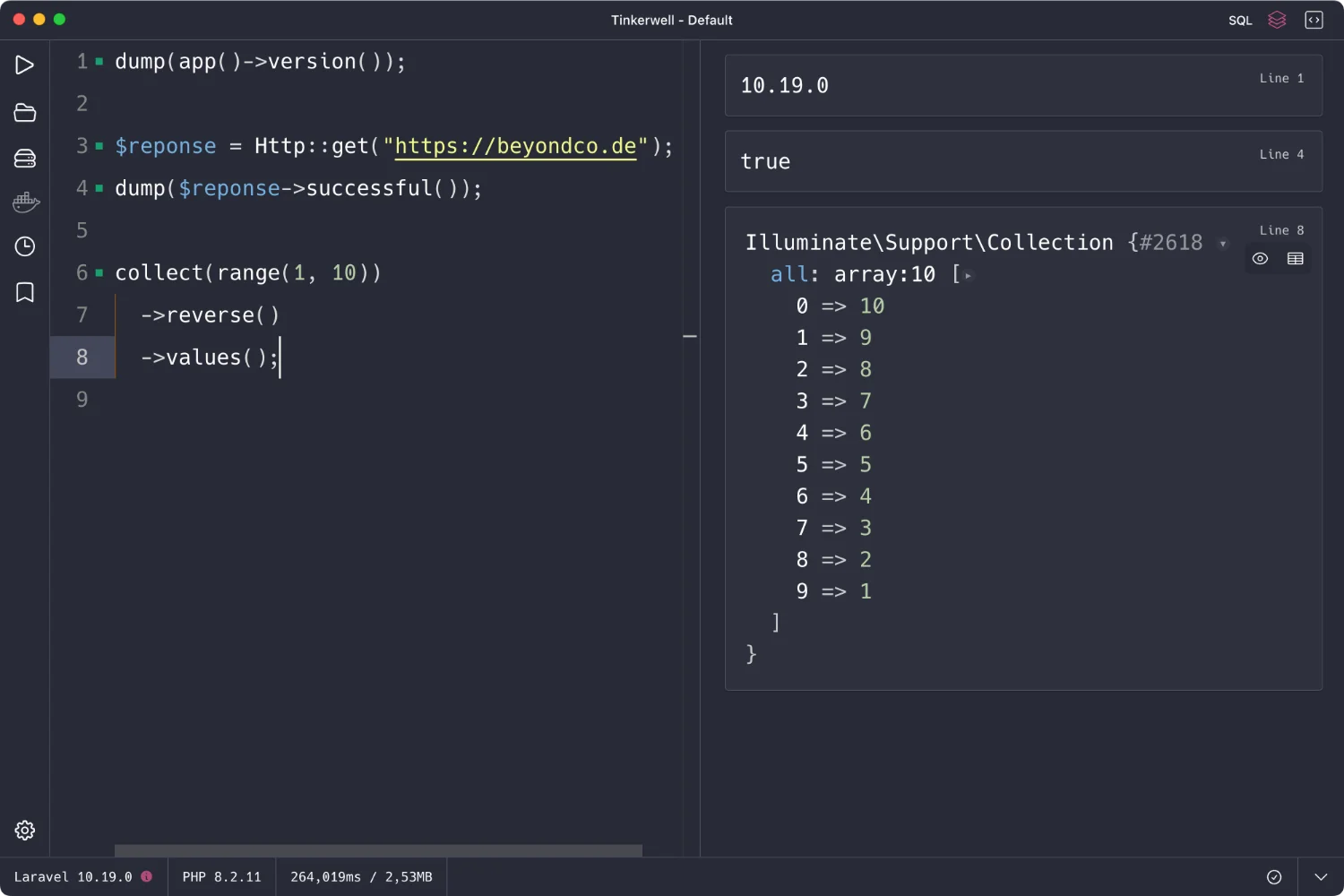
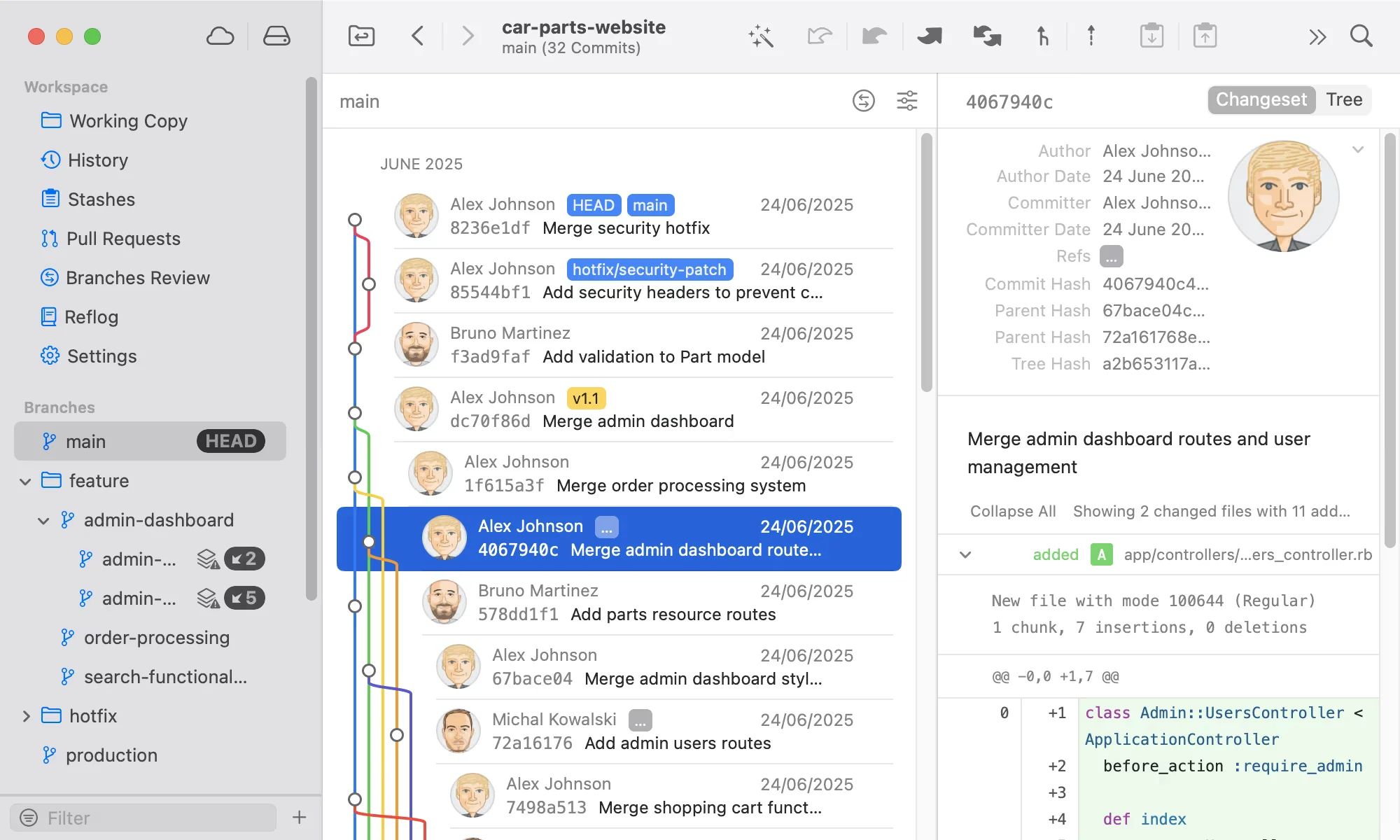
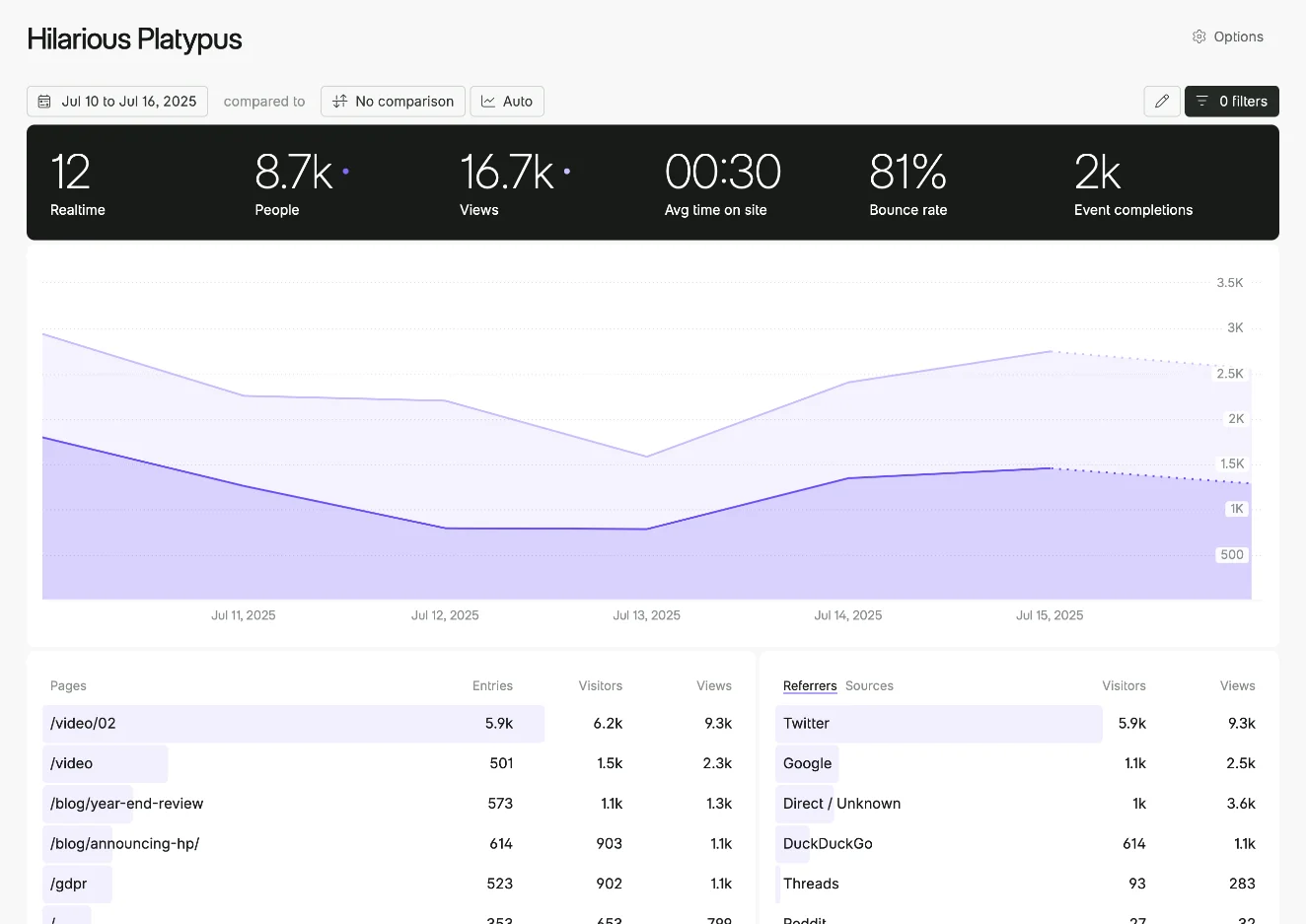
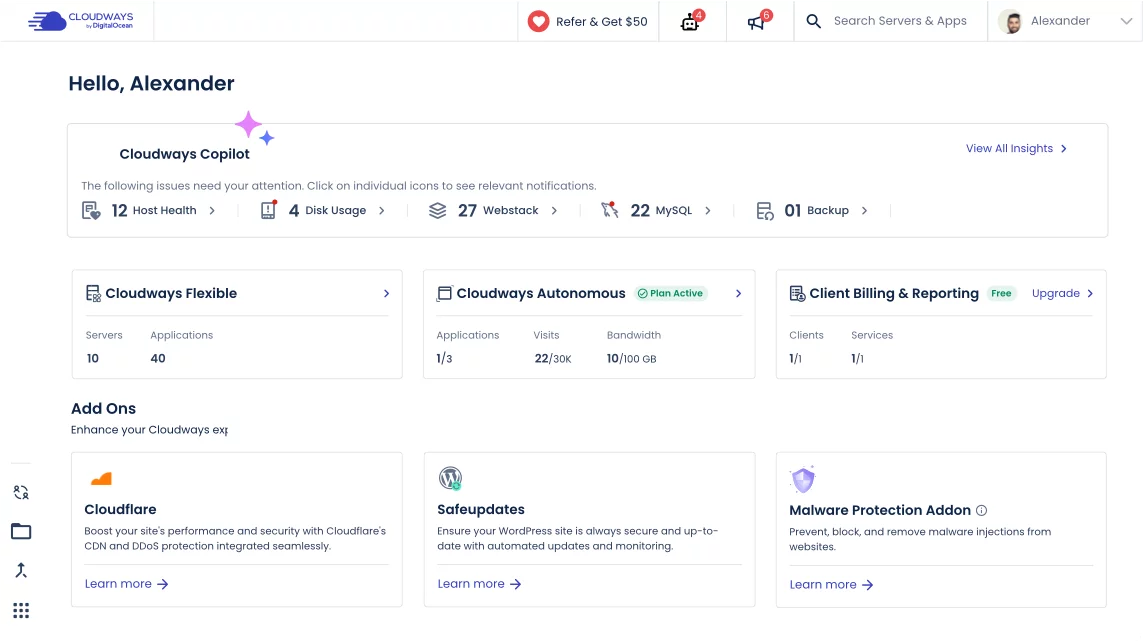
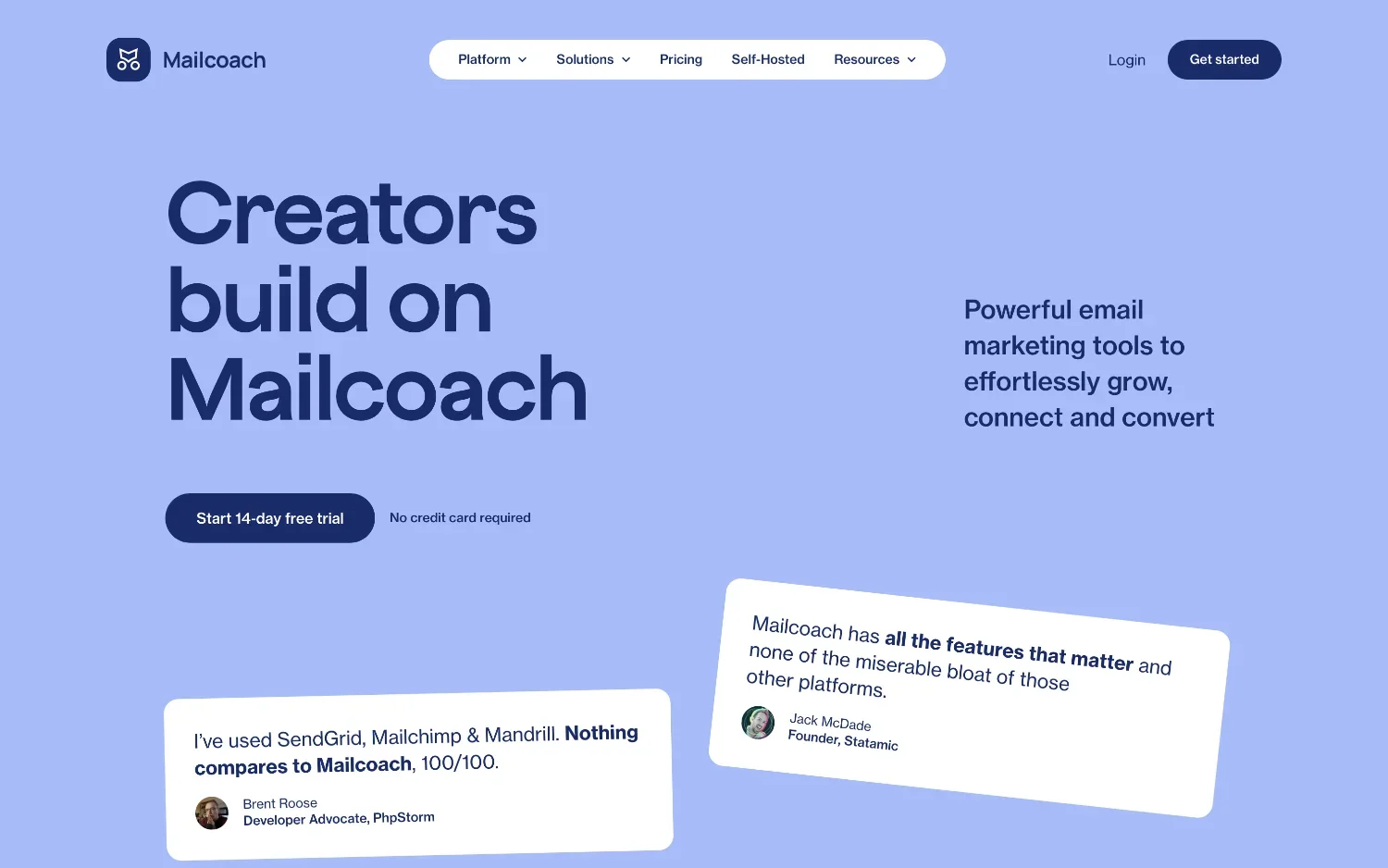

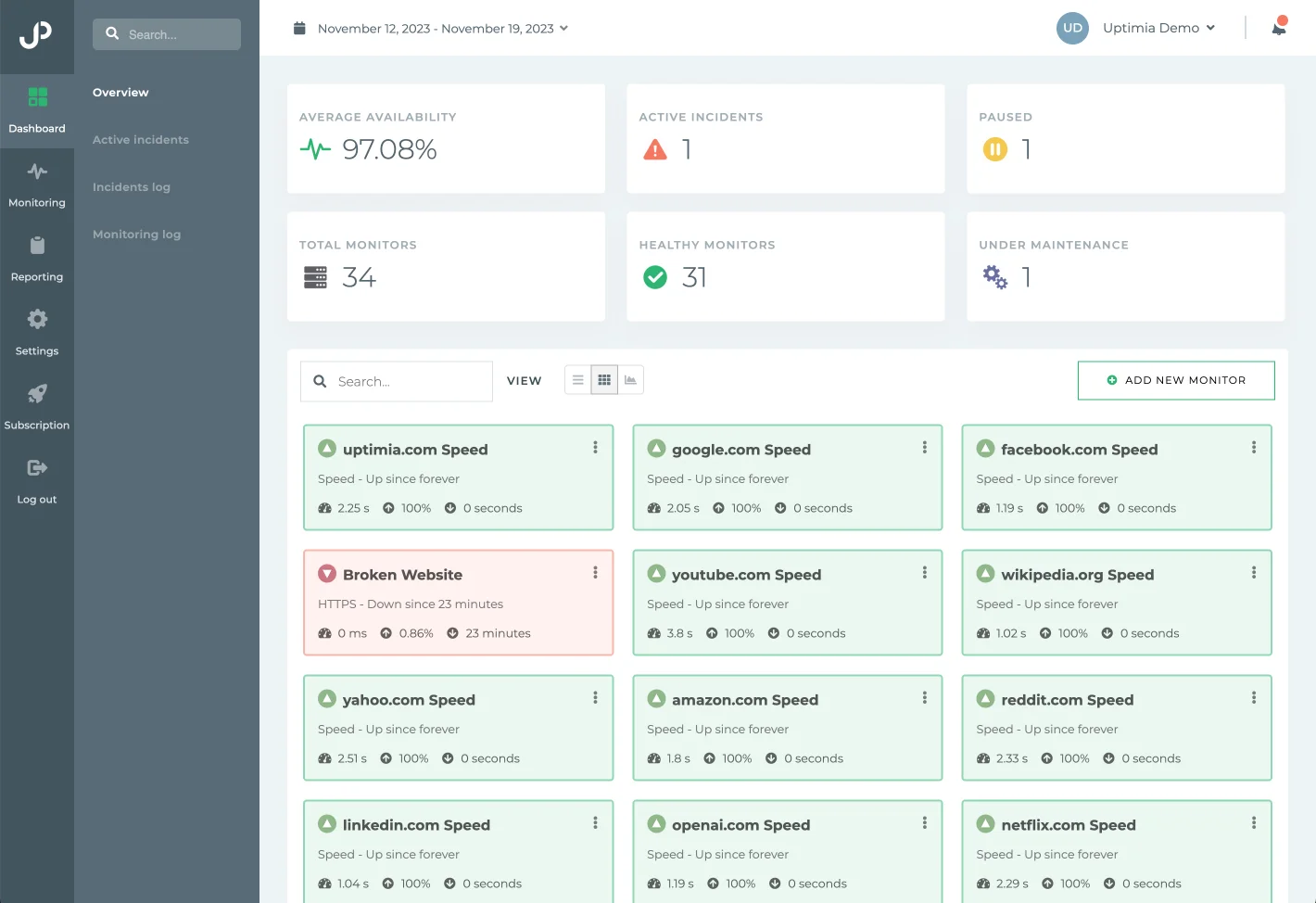

2 comments
The
PUTmethod would be used to update the resource by passing the complete representation of the new state while thePATCHmethod would require only a partial representation of the new state, i.e. if you need to update a few fields, you would provide only those few fields for the resource, I mean it would be only a conventionThank you for the informative post!
By the way, here are some cases of the 418 HTTP status code, few of them make sense... I think :D